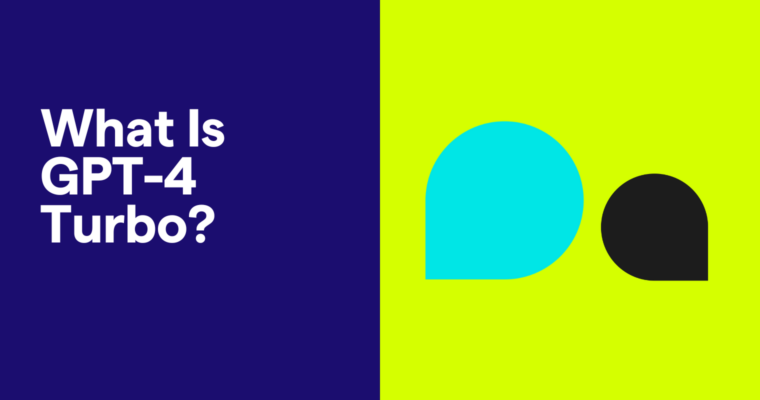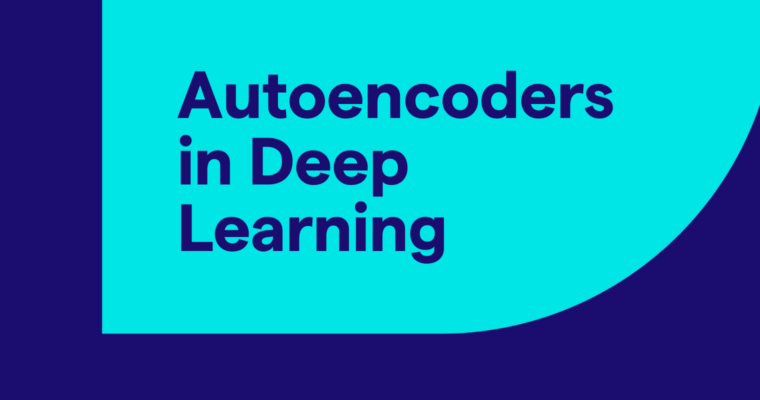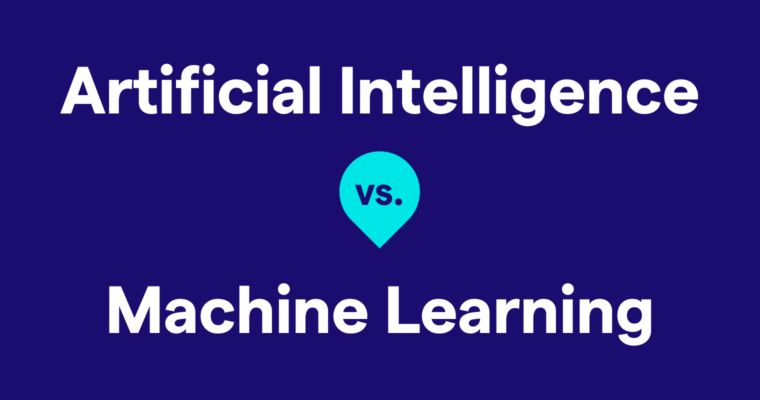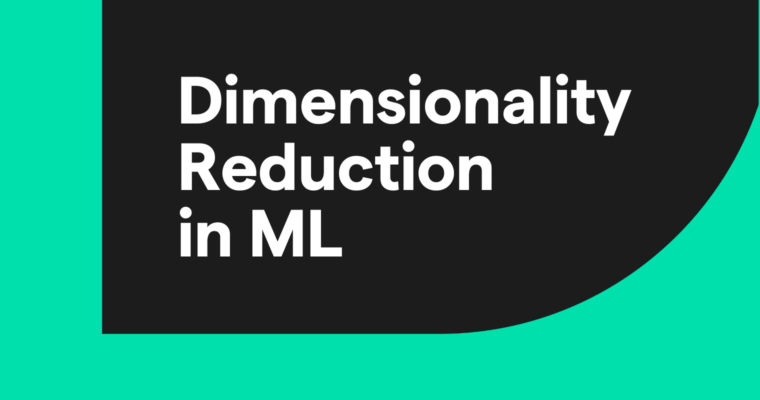
GPT-4 Turbo is an enhanced iteration of OpenAI’s powerful generative AI system, engineered for greater speed and efficiency. This article will explore what GPT-4 Turbo is and delve into its functionality, applications, benefits, drawbacks, and more.
Table of contents
- What is GPT-4 Turbo?
- GPT-4 vs. GPT-4 Turbo
- How GPT-4 Turbo works
- How to access GPT-4 Turbo
- Is GPT-4 Turbo free?
- GPT-4 Turbo for developers
- Benefits of GPT-4 Turbo
- Drawbacks of GPT-4 Turbo
- Conclusion
What is GPT-4 Turbo?
GPT-4 Turbo is an updated version of OpenAI’s GPT-4 model, announced in November 2023 during OpenAI’s inaugural developer conference. OpenAI promotes GPT-4 Turbo as a more efficient and cost-effective version of its previous models, suitable for various applications, including content generation and programming.
Key capabilities of GPT-4 Turbo include:
- Understanding natural language prompts
- Analyzing and describing images
- Generating original written content and code
- Reproducing outputs
- Optical character recognition (OCR) for recognizing text within images
An update, not a new generation
GPT-4 Turbo is part of OpenAI’s GPT series, a core set of large language models (LLM). LLMs are trained on vast amounts of text data, enabling them to answer questions, summarize content, solve logical problems, and generate original text.
Since the release of GPT-1 in June 2018, OpenAI has introduced several generations of the GPT model, including GPT-2 and GPT-3. OpenAI has provided smaller updates and optimizations between major releases to improve performance and incorporate more recent information. The naming convention for these intermediate updates has varied, with examples like GPT-3.5 and GPT-3.5 Turbo.
GPT-4 Turbo represents one such intermediate update. It is not a new generation of models but rather an optimized version of GPT-4 with partial updates.
GPT-4 vs. GPT-4 Turbo: What’s the difference?
GPT-4 Turbo improves upon GPT-4 in several ways, including performance updates and more recent real-world knowledge. As part of the GPT-4 Turbo announcement, OpenAI highlighted a few key differences:
- Larger context window: GPT-4 Turbo can handle a larger and more complex set of instructions thanks to its 128,000-token context window. This is significantly larger than GPT-4’s 32,000-token window, enabling better understanding and coherence over extended conversations.
- Better control: Enhanced features and optimizations in GPT-4 Turbo allow developers more control over responses. It follows precise instructions more consistently and supports improved function calling, enabling multiple functions to be called in a single message.
- Updated training data: GPT-4 Turbo’s knowledge cutoff is December 2023, compared to GPT-4’s April 2023. This ensures more up-to-date responses, especially on rapidly evolving topics like economic trends and pop culture.
- Pricing: GPT-4 Turbo is more affordable, costing one cent per 1,000 tokens for inputs and three cents per 1,000 tokens for outputs, making it three times cheaper for inputs and half the price for outputs compared to GPT-4. This pricing makes it accessible for small businesses and individual developers.
- Other upgrades: GPT-4 Turbo offers faster processing speeds, enhanced language understanding, a larger vocabulary, and better performance on safety topics, including bias and toxicity mitigation.
How does the GPT-4 Turbo model work?
OpenAI has not disclosed specific details about the inner workings of GPT-4 Turbo. However, all GPT models are based on similar high-level algorithms. Let’s explore how GPT models function.
GPT stands for generative pre-trained transformers. “Generative” refers to AI models capable of generating content similar to what they have been trained on.
These models are pre-trained, meaning they undergo extensive training on a large, general-purpose dataset before being fine-tuned for specific tasks. This pre-training helps them develop a foundational understanding of real-world concepts, general reasoning abilities, and language comprehension, enabling them to handle complex requests and perform various tasks. After pre-training, they can specialize in specific applications, such as virtual assistants or content-generation tools.
The models utilize a specific AI architecture called a transformer, which is crucial for generative AI. When developers feed large amounts of data into the model, such as web pages, books, and movie scripts, the transformer architecture allows the system to process this data and build connections between words efficiently.
Unlike older AI systems, the transformer architecture can identify relationships between words regardless of their order in a sequence. This capability enhances the model’s understanding of concepts, nuances, meanings, and structures. Additionally, it allows the model to learn independently, recognizing patterns and meanings without requiring labeled data.
As the model establishes connections between words, it creates complex algorithms that guide its responses. Generative AI does not merely regurgitate learned facts; it generates responses based on statistical predictions of the most likely answer.
For example, if you prompt, “List some popular types of at-home exercise equipment,” the AI model might respond with “resistance bands, adjustable weights, and a stationary bike,” based on the statistical relationships between those words and the words in your prompt.
Human intervention plays a crucial role in refining the model. Trainers rate the model’s responses to improve its understanding and response quality, helping to eliminate toxic, biased, incorrect, and harmful outputs.
How to access GPT-4 Turbo
GPT-4 Turbo can be accessed in the following ways:
- OpenAI API: Developers can integrate GPT-4 Turbo into their applications using the OpenAI API. This allows for sending and receiving information to and from OpenAI’s models without the need to build AI models from scratch.
- Microsoft Copilot: Non-developers can access GPT-4 Turbo through Microsoft Copilot, an AI assistant. Once logged in, GPT-4 Turbo is automatically available in the system.
Is GPT-4 Turbo free?
GPT-4 Turbo is not entirely free:
- For developers: GPT-4 Turbo is available through a pay-per-use model via the OpenAI API. The cost is $10 for one million input tokens and $30 for one million output tokens.
- For non-developers: You can access GPT-4 Turbo for free through Microsoft Copilot, an AI assistant integrated into various Microsoft applications.
How developers use GPT-4 Turbo
GPT-4 Turbo offers extensive possibilities for powering new applications and enhancing existing ones with AI features. Developers can integrate GPT-4 Turbo into their applications to enable automation, personalization, and analytics.
Here are some common use cases for GPT-4 Turbo:
Task automation
GPT-4 Turbo can help boost productivity by performing common tasks. These tasks are often time-consuming and repetitive, so they’re sometimes overlooked, rushed, or take time away from more productive work.
Here are some examples of how GPT-4 Turbo can take on these tedious tasks:
- Producing reports by pulling and analyzing data from various systems
- Generating meeting notes by integrating information from transcripts and presentation decks
- Completing forms, contracts, requests for quotes, spreadsheets, and standard emails
- Writing and offering suggestions for common snippets of code
Chatbots and virtual assistants
With its natural language processing (NLP) capabilities and vast training dataset, GPT-4 Turbo can power custom chatbots and virtual assistants.
These custom applications can be used for many functions:
- Providing customer service by answering frequently asked questions, helping with troubleshooting, and allowing customers to get help in a conversational format
- Delivering personalized information, such as weather and traffic updates
- Helping with training and employee onboarding by guiding you through each step of the process and answering questions along the way
- Creating personalized shopping and dining experiences by recommending options based on previous purchases and your preferences
- Recommending recipes based on an image of available food items
Assistive technologies
Generative AI opens up new possibilities for supporting people with disabilities. GPT-4 Turbo has the multimodal capabilities and flexibility to help people navigate the world more easily, get specialized support, and live more independently.
Here are a few examples of how you can integrate GPT-4 Turbo with software applications and other AI models to create assistive technologies:
- Generating descriptions of images or converting text to speech for people with vision limitations
- Creating customized educational materials based on a student’s specific needs
- Suggesting grammatical corrections and improvements to sentence structure for students with learning disabilities
- Summarizing long-form content for those who have difficulty reading for long periods
Content creation tools
Developers can use GPT-4 Turbo to generate custom content for personal, professional, and creative use.
Here are a few use case examples:
- Generating customized marketing content, such as emails, web copy, social media captions, and presentation decks
- Creating templates for commonly used content pieces, such as contracts, proposals, and legal forms
- Writing creative fiction based on images of characters
- Creating résumés and cover letters with customizations for specific jobs
Research and education
GPT-4 Turbo apps allow you to access information in new ways. Instead of running a traditional search, you can upload images or link to a web page and get additional information.
Here are some examples of how GPT-4 Turbo can assist with research and learning:
- Identifying what’s pictured in an image, such as a plant, and providing additional information, like its species and genus and where it grows
- Guiding users on how to properly cite sources based on style guide and type of source
- Offering feedback on academic essays and research papers
- Creating a list of publicly available research on a particular topic
GPT-4 Turbo benefits
GPT-4 Turbo expands the potential for incorporating AI into our daily lives. Because it has been optimized for efficiency, it’s more affordable and accessible than previous models. Also, the API allows you to easily integrate it into your existing tech stack.
Let’s take a closer look at these benefits.
Affordability and inclusion
One of the drawbacks of previous GPT models is their high cost, making them inaccessible to organizations with limited budgets. As a result, most GPT-4 applications were developed by large companies. GPT-4 Turbo helps to level the playing field.
Because it’s three times cheaper for input tokens and two times cheaper for output tokens, a broader range of people can leverage AI capabilities. Startups, students, and independent developers can create applications using this advanced AI model.
This benefits not only developers but also the world at large. Making AI more affordable allows more people to experiment and innovate to solve problems. This can be especially beneficial for addressing challenges like environmental sustainability, healthcare access, and inequality in education.
Ability to work with existing tech
If every developer had to build AI models from scratch, the demand for computing power and specialized skills, and the high costs of those demands, would be a major barrier.
Through the OpenAI API, you don’t need specialized skills to access flexible, powerful, continually updated AI models. This means developers can focus on integrating AI within existing tech instead of creating AI models from the ground up.
The API also makes it easy to change how you integrate GPT-4 Turbo within your applications. When you want to add or reduce AI features, you only need to make a change within the OpenAI API. If you had to build your own AI model, you would have to rebuild and fine-tune it every time you want to evolve your applications.
Here are a few examples of how you can use GPT-4 Turbo to increase the capabilities of existing technology:
- Add an AI chatbot within an existing software
- Integrate an image recognition feature within a mobile app
- Create a browser plugin that summarizes web content
GPT-4 Turbo can also perform complex actions between various platforms:
- Aggregate data from multiple business intelligence tools to generate automated reports
- Populate forms by pulling data from various systems
- Track customer behavior across the web, mobile app, and store activity, and place them into segments for marketing
Drawbacks of GPT-4 Turbo
While GPT-4 Turbo is highly capable, it does have limitations. As you incorporate it into your applications, be mindful of potential inaccuracies and biases.
Inaccurate responses
Although GPT-4 Turbo is more efficient and capable than its predecessors, it’s still prone to hallucinations. Hallucinations are inaccuracies generated by AI. Generative AI platforms can hallucinate because their responses are based on probabilities, not true knowledge. When an AI is unsure of the most accurate response to a question, it might invent an answer to ensure it provides a reply.
Hallucinations are problematic because there’s no easy way to distinguish them from accurate responses. That’s why human oversight is critical when using GPT-4 Turbo and other generative AI platforms for tasks where accuracy is essential. For example, if you use a GPT-4 Turbo app to automate contracts, you should always double-check the language to ensure it’s correct.
Embedded biases
GPT-4 Turbo was trained on large volumes of existing content, from books to web pages. That content may show biases, which can be reflected in GPT-4 Turbo’s responses. Sometimes, its responses appear to amplify existing societal biases about race, gender, or ethnicity.
It can also perpetuate people’s existing beliefs. For instance, if someone consistently asks GPT-4 Turbo to create responses that favor a particular political ideology, the model may start creating those responses on its own, even when the prompts are neutral.
GPT-4 Turbo can also exhibit biases towards certain countries or regions. Since most of its training data came from Western, English-speaking countries, it’s more likely to have more nuanced, in-depth responses about places like the US and the UK.
GPT-4 Turbo empowers more developers to do more with AI
With its improved performance and relatively low price point, GPT-4 Turbo allows a broad range of developers to explore the boundaries of implementing AI into software, mobile apps, and websites. Small businesses and independent developers can create applications that allow people to engage with AI using natural language, incorporate images and data visualizations into their prompts, and automate repetitive, time-consuming tasks.
GPT-4 Turbo is one of many leading AI models. By keeping up with the latest news and experimenting with these models on your own, you can find creative ways to incorporate generative AI in your work and personal life.






